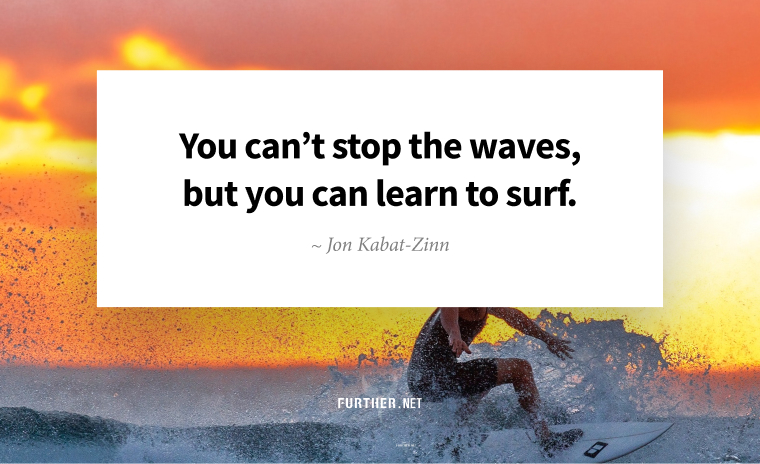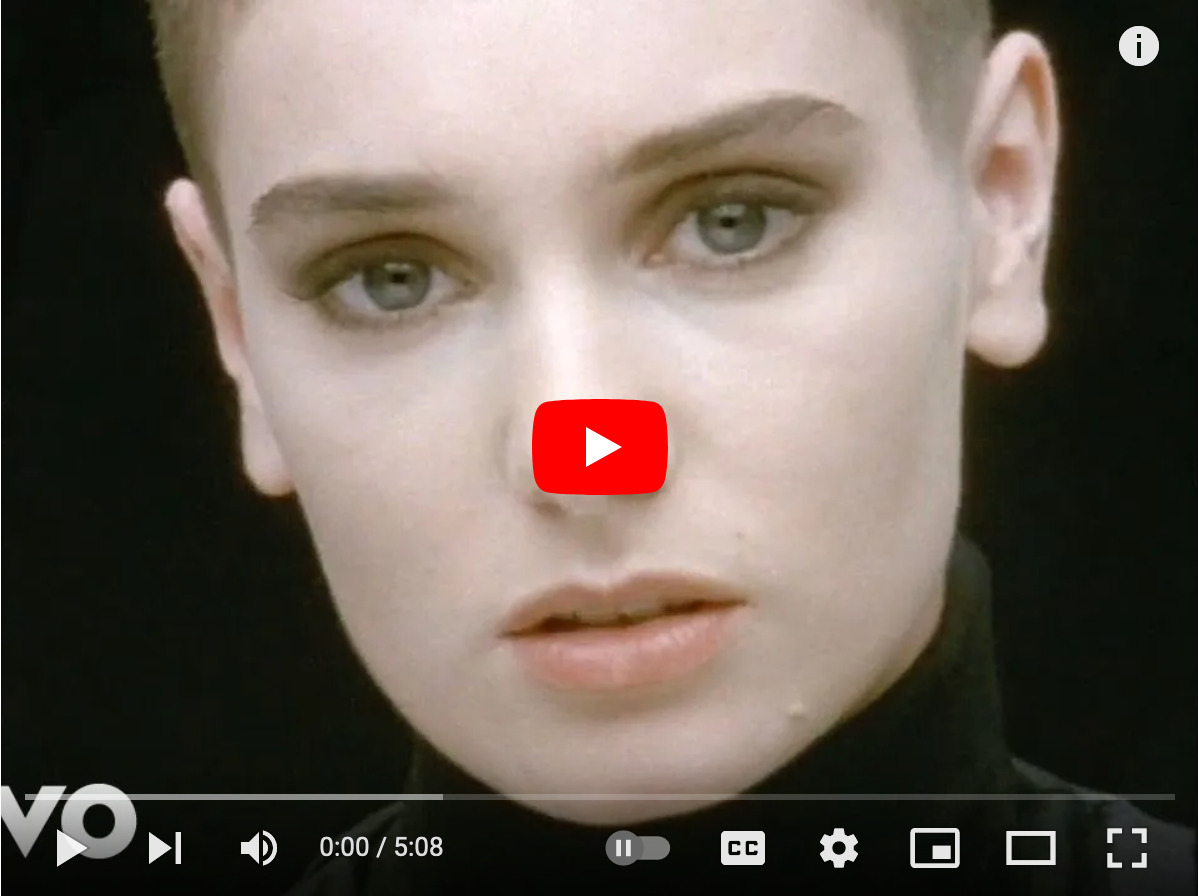
Ah, you’ve got to love the latest exercise fads.
Most range from silly to needlessly complicated. And these “new fitness breakthroughs!” are almost always designed to separate you from your money so you can “finally” succeed.
You’d think we’d learn by now. But the fitness-industrial complex knows that people actually seek out the “new thing,” mostly to avoid returning to the last thing we failed at.
This time is different!
So when I noticed a sudden flurry of talk about “rucking” recently, well… this is just part of the natural flow of things. I first heard about rucking earlier this year when I read Steven Kotler’s book Gnar Country: Growing Old, Staying Rad.
Kotler decided to become a freestyle skier at age 53, and conditioned himself for it by hiking while wearing a pricey weighted vest. So that’s somewhat of an endorsement.
That’s basically all rucking is — weighing yourself down while you walk or hike. It’s a functional workout that improves your cardiovascular system and strengthens your muscles at the same time.
And yes, you can spend hundreds of dollars on weighted training vests. But you don’t have to.
Unlike other exercise fads that require a specialty gym membership or an overpriced piece of home equipment (that ends up a clothing rack), rucking is almost as accessible as walking. Author Michael Easter breaks it down for you:
Step 1: Find any backpack in your house. Any.
Step 2: Put something that weighs something in said backpack. E.g., Water bottles, a dumbbell, cans of soup.
Step 3: Walk.
And there you have it. So should you try rucking? That’s up to you.
My point is not that you should be rucking. Give it a shot if you want, see how you like it. If you do in fact like it, then get yourself a nifty bro vest.
The point is to find something you enjoy and just do it. Sometimes you have to tolerate it until you enjoy it. But otherwise, it’s really not more complicated than that.
And it may not cost you more than the price of a good pair of shoes. Money can’t buy you fitness, but fitness has bought a lot of marketers second homes.
Further reading:
What is Rucking? – Complete Guide to Rucking in 2023
Keep going-
P.S. New to Further? Join us here.
Rock the Kettlebells
Here’s another simple and low-cost workout you can try that was the “new thing” a few years ago. The kettlebell is renowned for its ability to work the whole body. When you lift with one, you can’t help but train your grip, core, and dozens of other muscles with virtually any move you perform.
The Best Kettlebell Arm Exercises and Workout to Get Strong (Onnit)
Phone Meets Body
You know your phone is distracting you and perhaps making you anxious. You may also know it’s ruining your posture. Unfortunately, the news is even worse that that.
What Your Phone Is Doing to Your Body, and How to Fix It (Mark’s Daily Apple)
Too Legit to Quit
If you’re dissatisfied with your job but aren’t in a position to leave, there may be ways to improve your situation. Here are some suggestions.
How to Feel Happier at Work When You Have the Urge to Quit (New York Times)
A Momentary Lapse of Reason
Much of our days, we’re trying to escape what’s happening in this moment, right now. And when we try to escape the moment, we’re limiting ourselves. More on this in Trudi’s article down below.
We’re Mostly Trying to Escape This Moment (Zen Habits)
A Mindful Path to Greater Resilience

By Trudi Roth
The present is all we have. As a meditation teacher, that’s our most common refrain — let go of thoughts past and future, and you’ll find the power of now.
Awesome in theory but complicated in practice. You’re working against a combo platter of human nature and brain wiring that writes the story of your sense of self, making you yearn for the past and tricking you into believing you can predict the future.
Plus, how would you do anything if you only had present-moment thoughts? You wouldn’t be able to remember your phone number or where you live or plan a future meeting or a trip.
But don’t write off mindfulness so quickly — after all, it’s a proven path to reduced stress, chronic pain, anxiety/depression, and improved sleep, relationships, sex, and overall health and well-being. Instead, give your thoughts, well, some thought, by learning how to make wiser choices about them.
In Hindsight
Your prior experiences aren’t just old news — science shows they play an essential role in complex decision-making. Thus your thoughts about the past, which are persistent and evidenced by nostalgia, are valid. That said, all thoughts happen in the present moment, so you must be mindful of where they’re taking you.
The problems emerge when thoughts carry us out of our bodies and off into a la la land where we imagine we are in the past or the future rather than forming thoughts about them.
Mindfulness entails becoming aware that thoughts aren’t facts — but they can be helpful tools. When they bubble up with past information, they’re a mechanism of reflection, storytelling, and learning. Add in awareness and intention, and you can mitigate the impact of past events on your current life.
Merging mindfulness with hindsight means knowing, humbly, that when we are having thoughts about the past, we are not actually in the past.
In other words, you’re allowing space to acknowledge what you’ve done and endured while cultivating resilience by not getting stuck in the past.
The Way Forward
Similarly, you can use mindfulness to welcome what’s to come without fear or prejudice.
Being mindful of the future means truly being open-minded, making estimations and guesstimations, predictions and plans, while at the same time knowing that you do not know the future.
The flavor of your mindfulness depends on you; it can be a formal meditation practice or simply an intentional way of moving through the world when you’re doing things like eating, bathing, or working out. That way, when you think hindsight is 20/20 or the future is bright (or dim, depending on the day), you’ll be able to see your way clear to a happier, healthier experience of today.
Unlocking the Full Potential of Mindfulness: Rethinking Thoughts about the Past and Future (Mindful)
further: flashback

Sinéad O’Connor – Nothing Compares 2 U
I Do Not Want What I Haven’t Got, 1990
Prince wrote it in 1984, but Sinéad owned it in 1990. Nothing Compares 2 U became a career-defining cover in addition to spending four weeks at the top of the charts. O’Connor fought the good fight amidst controversy, tragedy, and despair up until her death last week at age 56. (YouTube)
further: sharing

|
Share Further with Friends and
Get Access to Well + Wealthy! Share Further with friends and earn three months of access to our membership community: Well + Wealthy with only five referrals. Simply give them your unique referral link or use one of the sharing icons below.
You have referred {{subscriber.rh_totref}} people so far.
|
{% endif %}
Thank you for sharing Further!
Further subscribers who share the newsletter with friends can gain three months of access to our exclusive membership community Well + Wealthy with only five referrals. Get your own free weekly dose of health, wealth, travel, and happiness advice here, and find out all the details on our referral program.
Thank you for sharing Further!





